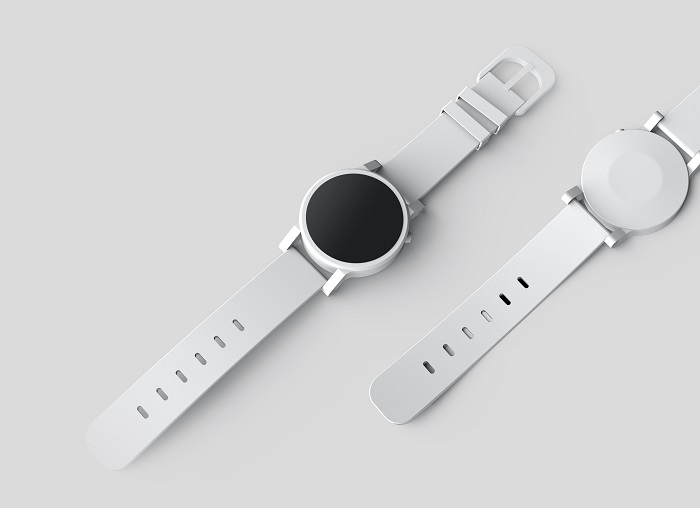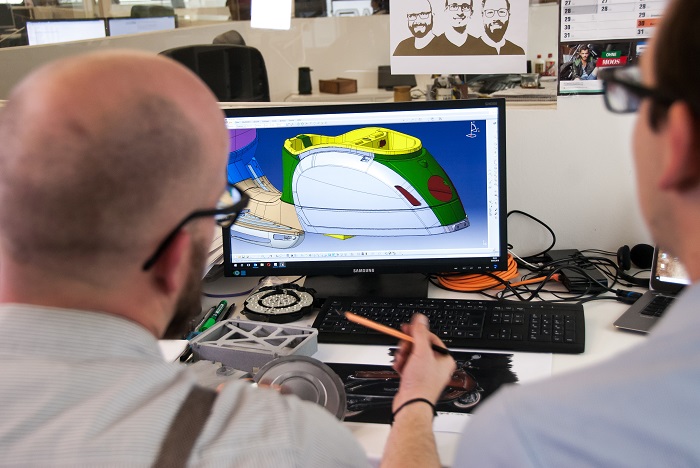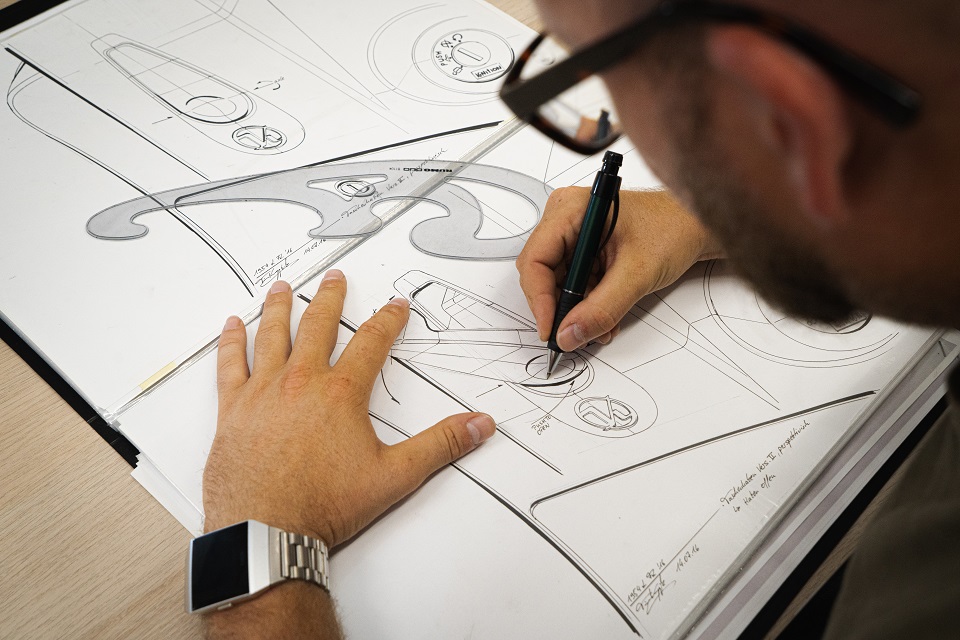The latest trend in the field of design is Product and Industrial Design. It covers various aspects required while developing a new product or improving an existing version. Although we humans have been using all sorts of products and gadgets since the advent of time and designing daily life objects, might not seem quite extraordinary to some, because a very handful of people are aware of the process, the time invested and the hard work put behind before launching a new product.
Have you ever wondered why there is a constant market demand for the development of a new or improved derivative? The prominent reason behind it is human factors, or in simple terms ‘ergonomics’. With the help of several research studies on anthropometric data and endless surveys done over the past few decades, designers have understood the importance of human factors.
With all the recent developments and refinements, one thing is for sure that the human race is developing a minimalistic approach towards everything they do. From keyboards to touch screens and then to voice commands, we have come a long way. Everyone now wants to operate simpler machines. Safety standards of gadgets have raised and become mandatory, unlike rusty days where the worker’s health wasn’t considered that critical while operating a system. Today, if a product is too complex and confusing, we start looking for an alternative that is easier to use. That’s where the role of a good product designer comes, developing simpler, safer and sustainable tools. Here’s how Lovely Professional University trains designers to appreciate the design process and develop modern yet human-friendly products:

- Empathy
LPU introduces you to the first step of designing a product, which is ‘empathy’. This comes under cognitive ergonomics. Understanding the mindset of your customer. The feelings and emotions generated, by a person, before and after using the product. As a designer, you are taught to create empathy maps, which is a compilation of all the research and surveys you conduct before starting the design process.
- Problem Solving
After conducting surveys and asking the right questions, you will end up with the core problem that needs a solution. Hence, understanding the situation at work station and the hardships faced by the client will give you the right directions to the development of your product. In the Design Studio classes, you will be frequently given problem statements to solve, from various fields of work such as automotive issues, home appliance errors, agricultural machine crises and many more.

- Ideation
Designing something fresh or reinventing a standing model, both needs a good session of brainstorming and discussion. Drawing down your ideas always helps. You don’t have to worry about being an artist, as a designer you must have a thorough understanding of the elements and principles of design, perspective views, orthogonal projections and colour theory. At the university, you will get to learn about various design theories.
- Prototyping
You can also use the university’s design workshops to create prototypes and mockup models for your design. There are dedicated workshops for woodworks and furniture, clay modelling, metal works and 3D printing. Students have easy access to machining tools and all practicals are performed under the supervision of experienced tutors.

- Test and Launch
Once you have successfully approached all the steps of the design process, and done with testing, you can apply for a patent! The university always supports students’ innovations and sustainable design.


















